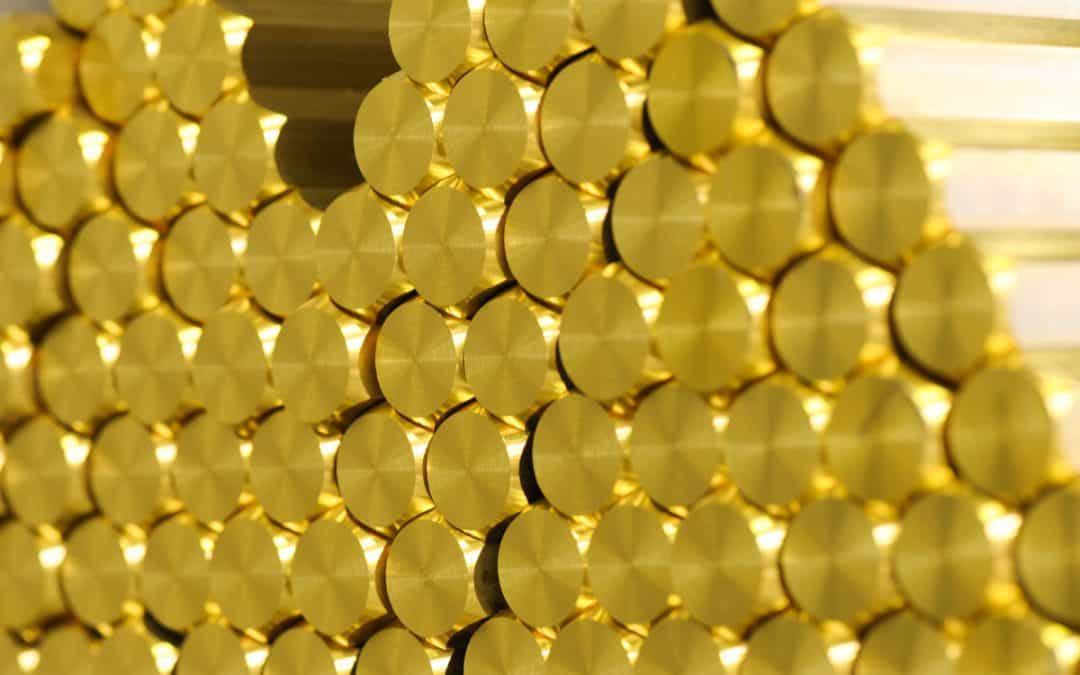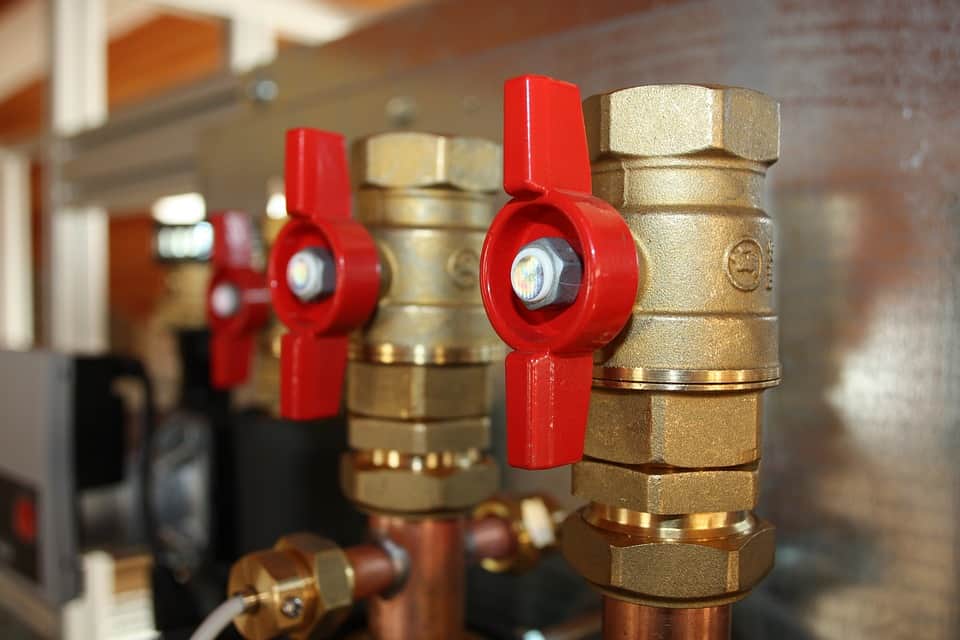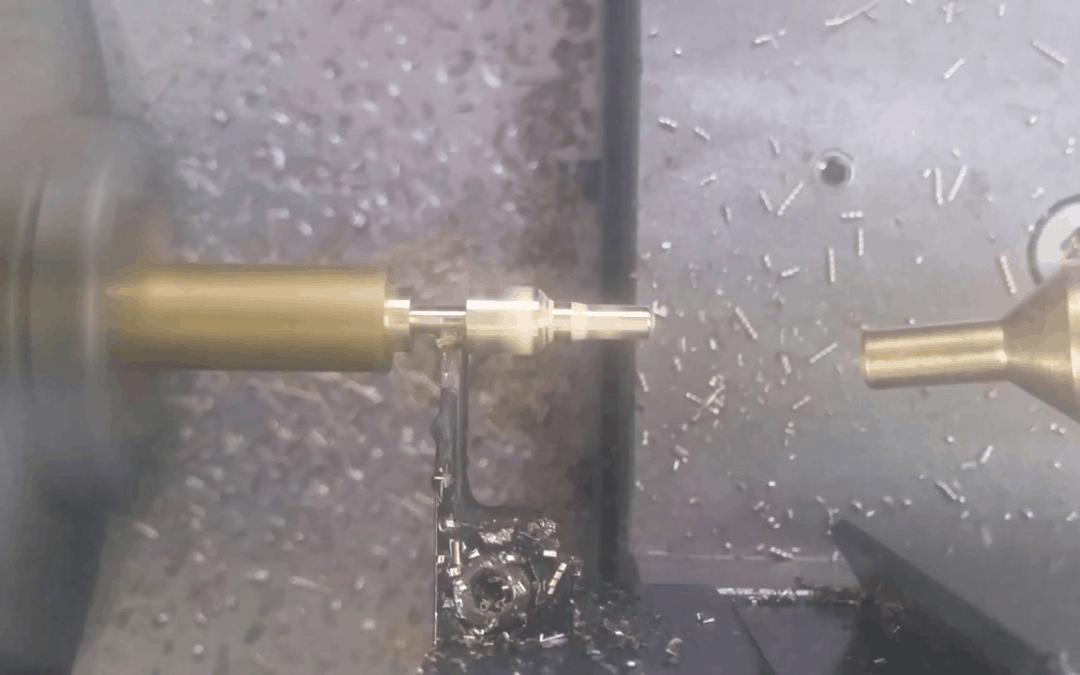
by Matt Zimmerman | Jul 13, 2022 | Blog
When designing a new part, engineers often have some flexibility in specifying the material the part is made of. Component durability and performance are key factors in determining what metal to use but keeping part costs low must also be a prime variable in the...

by Matt Zimmerman | May 2, 2022 | Blog
Brass is a material of choice in today’s new part designs and sets the benchmark standard with a 100% machinability rating, standout sustainability, and cost-effectiveness advantages compared to aluminum and steel. And even with today’s supply chain disruptions, brass...

by dgs Marketing | Sep 22, 2020 | Blog
Basic math suggests that raw material costs affect finished part costs, and many design engineers assume that lower-cost materials always yield less-expensive parts. In the real world, that is not always true. Although brass bar stock typically costs more than 12L14...

by dgs Marketing | Aug 7, 2020 | Blog
Shops continually look for ways to cut cycle times and increase part quality, but one aspect of recurring jobs typically remains unquestioned. Many shops assume that material specifications represent an absolute, unchangeable attribute, and as a result, they may fail...

by dgs Marketing | Jun 17, 2020 | Blog
Traditionally, to improve the machinability of brass and other metals, small amounts of lead are added to lubricate cutting tools and enable chips to flow freely. In certain applications such as components that come into contact drinking water, however, regulations...

by dgs Marketing | Apr 8, 2020 | Blog
Whether it’s a canned cycle on a CNC machine, speed and feed figures from a color-coded chart or handwritten notes on a job ticket, machinists rely on standard cutting data every day in the metal-cutting industry. This data tend to act like speed limits for operators...








Recent Comments